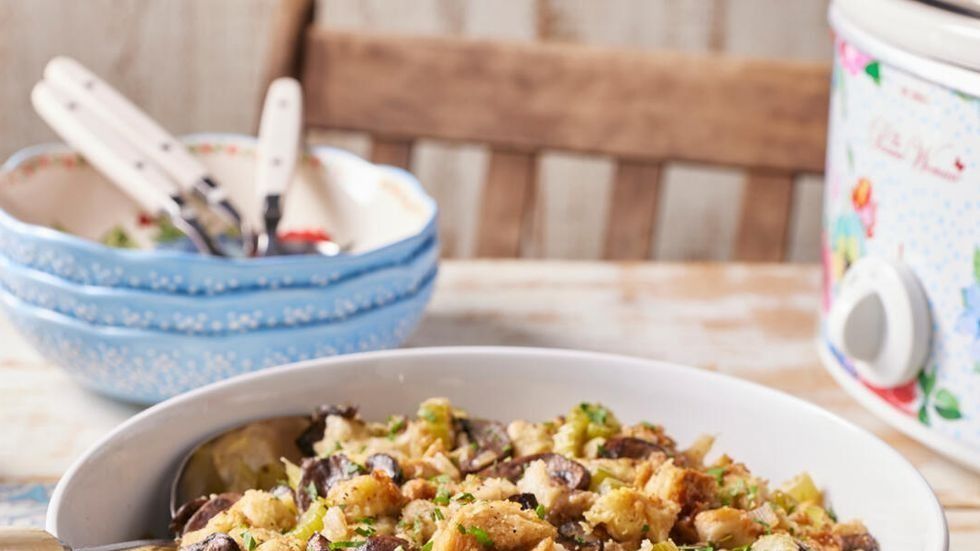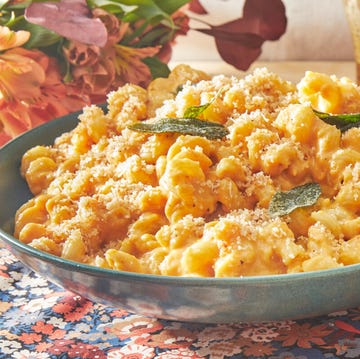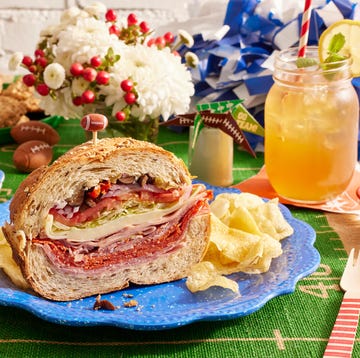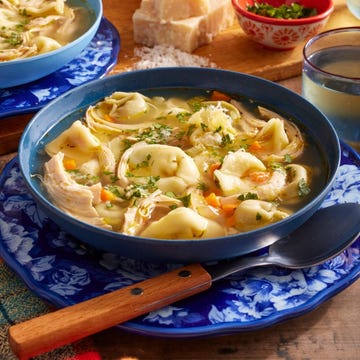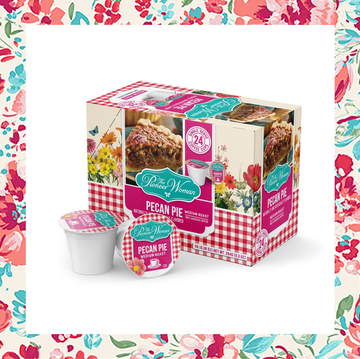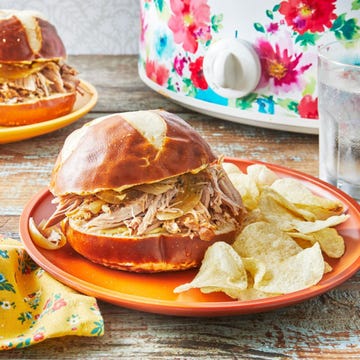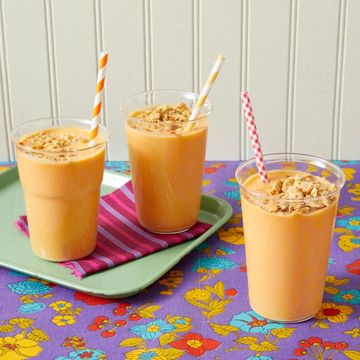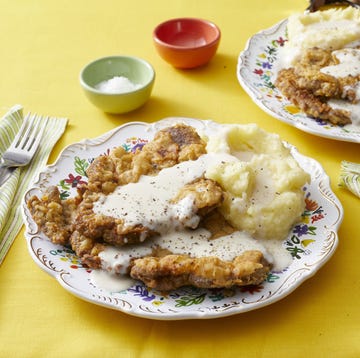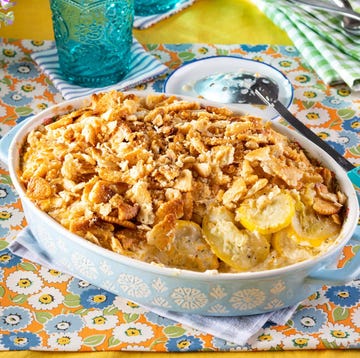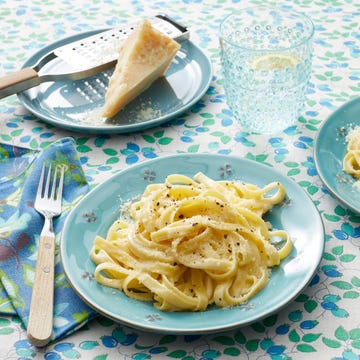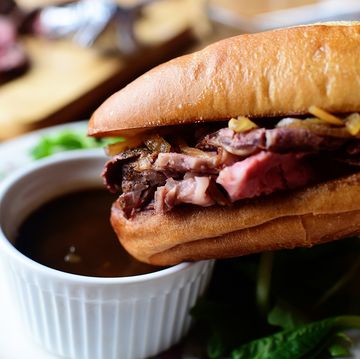Thanksgiving is all about togetherness and being grateful, but it wouldn’t be the holidays without a few feast-worthy debates. No, we’re not talking about whether cranberry sauce should come from a can (although that’s another topic worth noting). Here, we’re putting a different Thanksgiving side dish up for interrogation with the common question: what’s the difference between stuffing and dressing? Or are they simply the same thing?!
If this age-old question has left your holiday table divided year after year, you’re not alone! The question of stuffing vs. dressing is practically a Thanksgiving tradition! But what’s the answer? In many homes, the words stuffing and dressing are used interchangeably, but there’s more to it than you might think. Before we settle this argument once and for all, let’s take a look at what the dictionary has to say. According to Merriam-Webster, stuffing is "typically placed inside the cavity of a turkey" whereas dressing is considered a Thanksgiving casserole that's cooked in a separate vessel.
Of course, this debate is more than just a matter of cooking technique—it's also fueled by where you live. So it's no wonder Ree Drummond says that Thanksgiving stuffing is "a wildly personal thing." Read on to find out more about stuffing vs. dressing, including the history of the dish and how it's made.
Why is it called stuffing vs. dressing?
This has a bit to do with the history of stuffing. These days, most families enjoy some kind of mixture consisting of bread (whether it be cornbread, sourdough, or white bread), herbs, veggies, and sometimes meat. But there’s no evidence that suggests it was actually served at the original Thanksgiving dinner. According to History.com, the Pilgrims most likely added “herbs, onions, or nuts” to their Thanksgiving turkey and as the years went on, ingredients like oysters, chestnuts, and—yes—bread were added to stuffing recipes.
The term "dressing" didn't appear until the 1850s, when Victorian nobles took offense at the vulgar word "stuffing." So, it’s easy to see why many dressing and stuffing recipes consist of the same ingredients. To understand the difference between the two, all you have to do is look at the cooking method. Stuffing is stuffed (literally) inside the cavity of the turkey, while dressing is roasted in a separate casserole dish.
Who says 'dressing' and who says 'stuffing'?
Despite cooking techniques, the name game usually splits along regional lines, with cooks from the Northeast and Pacific Northwest sticking to stuffing, while the South and Midwest prefer the more proper dressing (and, to make matters even more confusing, our Pennsylvania friends use the term "filling"—not to be confused with the stuff that goes in pies!).
This is down to a science: A 2015 survey conducted on behalf of the poultry company Butterball revealed that, regardless of how the dish was cooked, most of the country—including 100 percent of New Englanders—refers to the side as stuffing, while Southerners are devoted dressing fans.
What is Thanksgiving dressing made of?
Some people claim that the name depends on what carb it's made with: Many south of the Mason-Dixon Line use cornbread, a Southern staple, in their dressing, while Northeastern chefs prefer stuffing with crusty baguette, challah, or white bread. The Pacific Northwest puts their own twist on the side by using sourdough bread and seafood to give the dish some tang. And while each iteration is delicious, the grain is just a matter of preference—it really depends whether it's cooked in or out of the bird.
Whether you're a die-hard Thanksgiving dressing fan or a staunch stuffing supporter, we can all agree on one thing in the stuffing vs. dressing debate: It's incredibly delicious!
